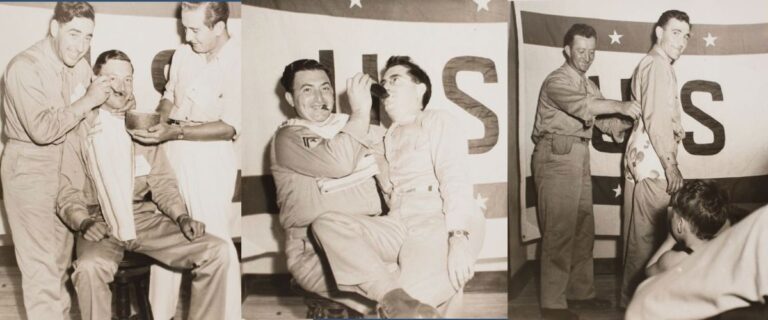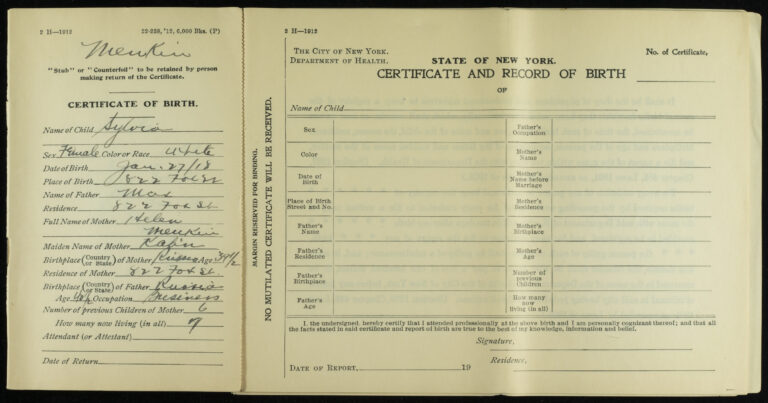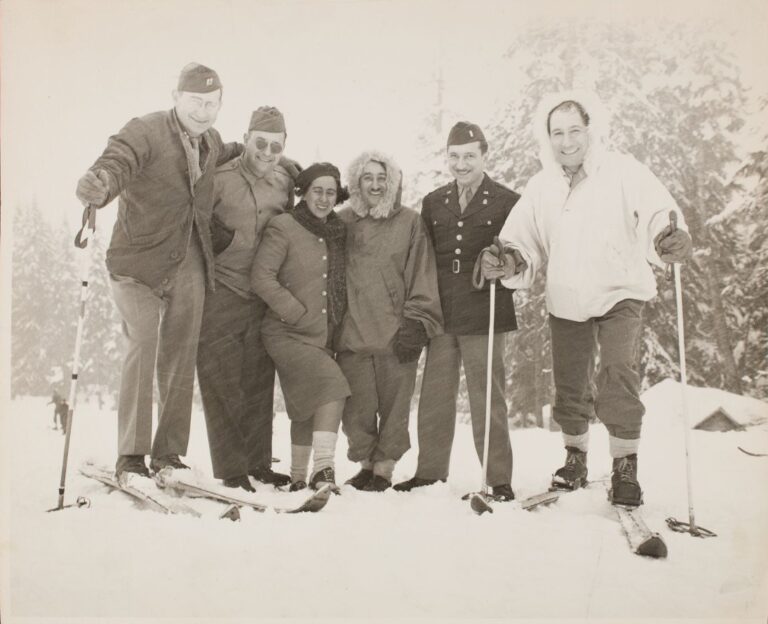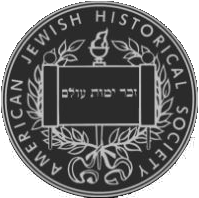
One of the earliest Jewish publishers/booksellers in America was Benjamin Gomez, who had a bookshop in downtown New York City. He came from a prominent Sephardic family and was a fourth-generation American, with ancestors fleeing persecution in Spain to England, then the Caribbean, and finally New York. He operated his shop in the late eighteenth century, and most of the information we have about him comes from advertisements listing the various titles he held in his shop, and his will. At that time there was little difference between a publisher and a bookseller, and many printed their own books in house on a printing press. Gomez, however, appeared to have contracted out the actual printing of the books to various printing houses. We can see from his advertisements that he sold a wide variety of titles, from travel and history titles to the popular epistolary novels of the era, to religious and scientific books.

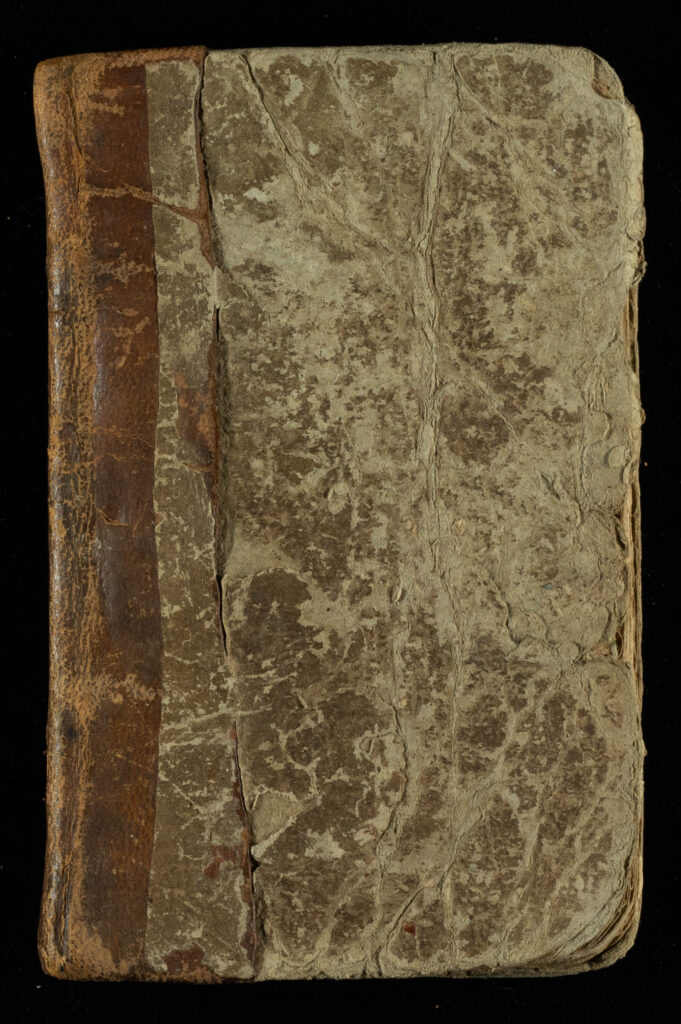
The American Jewish Historical Society holds three books published and sold by Benjamin Gomez, all dated to 1795. They vary widely in topic as well as in physical form.
Certainly the most famous of the three, is a ninth edition (but first condensed edition thus) of Defoe’s classic novel, Robinson Crusoe. We see on the title page above that another firm did the actual printing for this particular volume (“Printed by Hurtin & Commardinger”) but Benjamin Gomez is listed as publisher (“for Benjamin Gomez”). It is bound in period limp boards, backed in a cheaper leather, probably roan. Roan was a sheepskin binding that served as a cheaper alternative to morocco, a very attractive and lush leather binding made from goatskin.
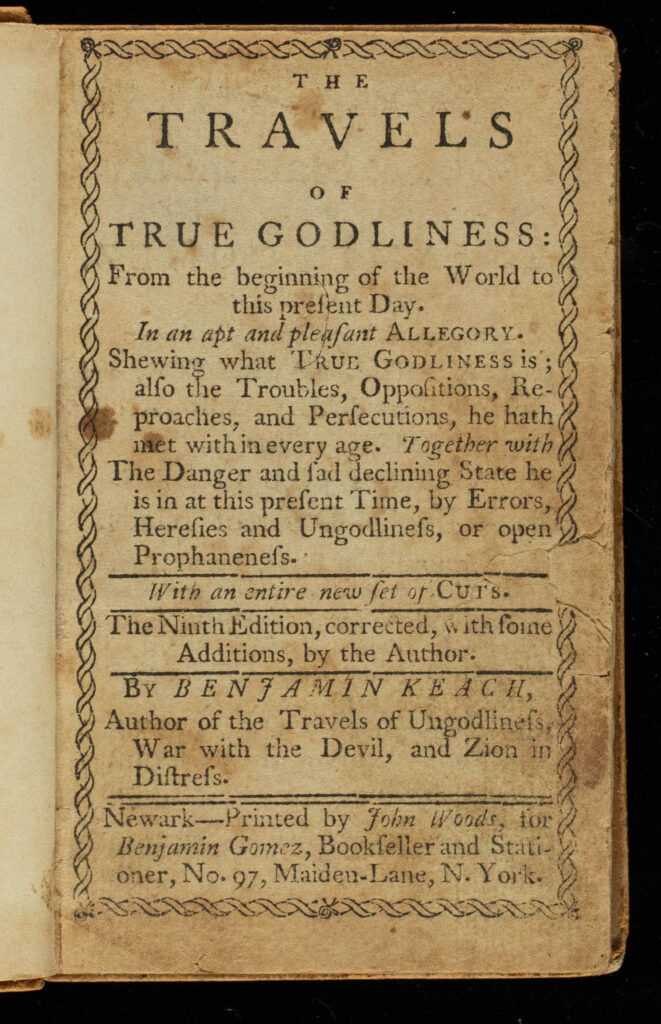
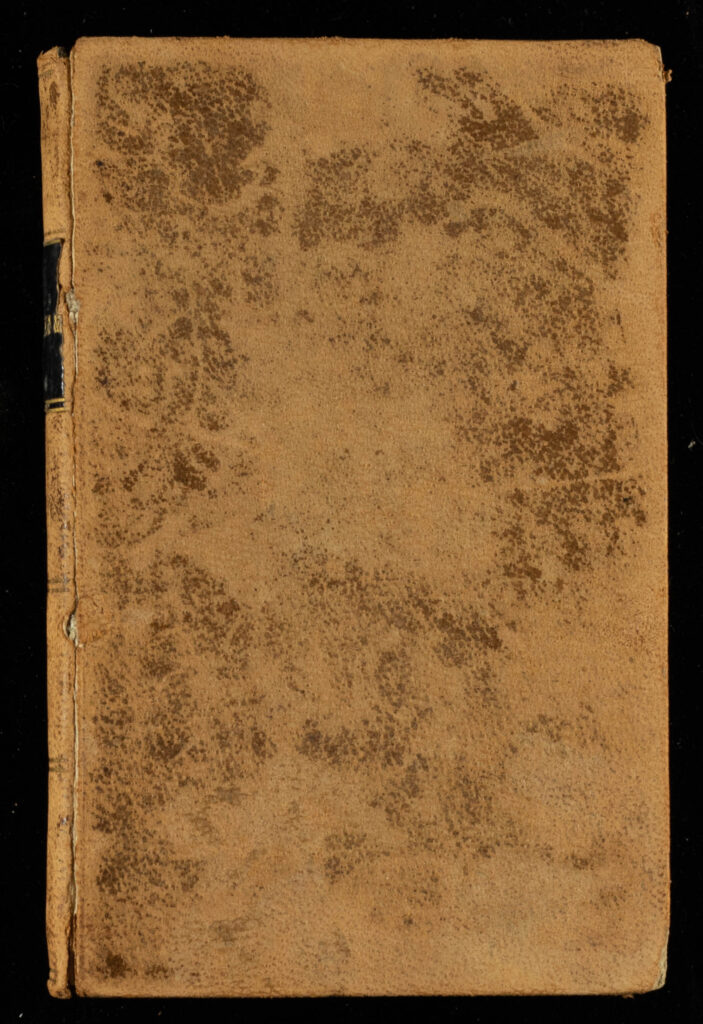
The Travels of True Godliness: From the Beginning of the World to this Present Day is a religious allegory. Here again we see that another printer, this time John Woods of Newark, NJ, printed the book on behalf of Gomez. We get even more information here, with the address of Gomez’s shop listed as 97 Maiden Lane New York. Today, a modern residential building (built in 2003) sits at that address – not surprising in a constantly changing city like New York! This book is bound in full leather, also likely roan, and it is contemporary to the book. Likely the book had a simple binding of drab boards when it was sold, and an early owner fitted it with this leather binding.

Friendship in Death, the only one of the three authored by a woman, imagines letters written by the deceased to their still-living loved ones from the great beyond. Yet again, another firm (this time Tiebout & O’Brien) has done the printing on behalf of Gomez. It has been rebound in a modern library binding. It was (and sometimes still is, depending on the library) common practice to remove the original binding of a book when it enters a library and replace it with a sturdier generic binding made of cloth, called a library binding. Sometimes this is due to the deteriorated condition of the book’s binding, but in the past it was often done as a matter of course for all or most library books.
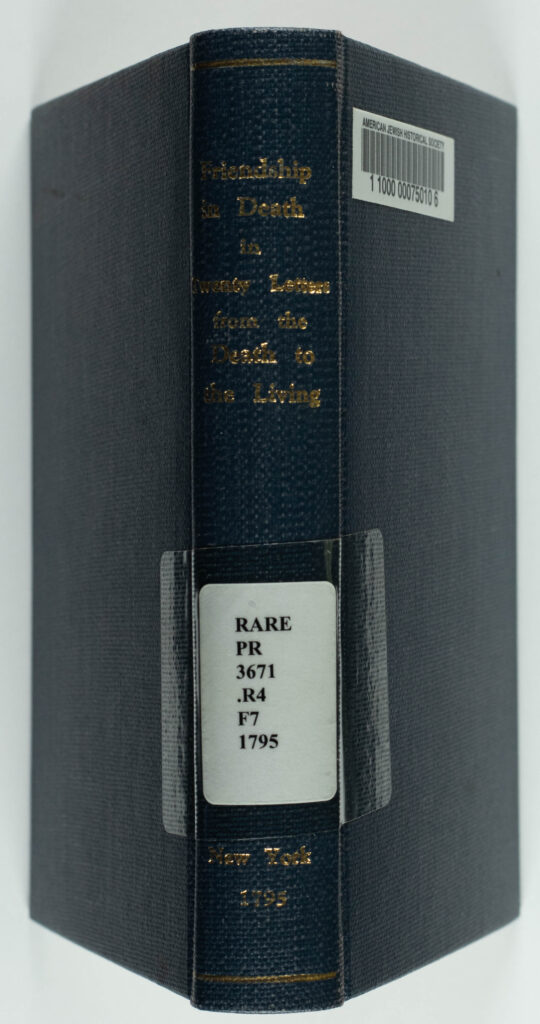
While much of the information we have about Benjamin Gomez comes from other sources like the advertisements and his will, we can learn so much just by looking at the books themselves! We know roughly when he operated based on the dates of publication; we know where he operated because his address appears in one of the volumes; we know that he used other firms to print the works; and we know that he sold books in several different genres. Books contain many clues about their own origins and history if we know where to look!


